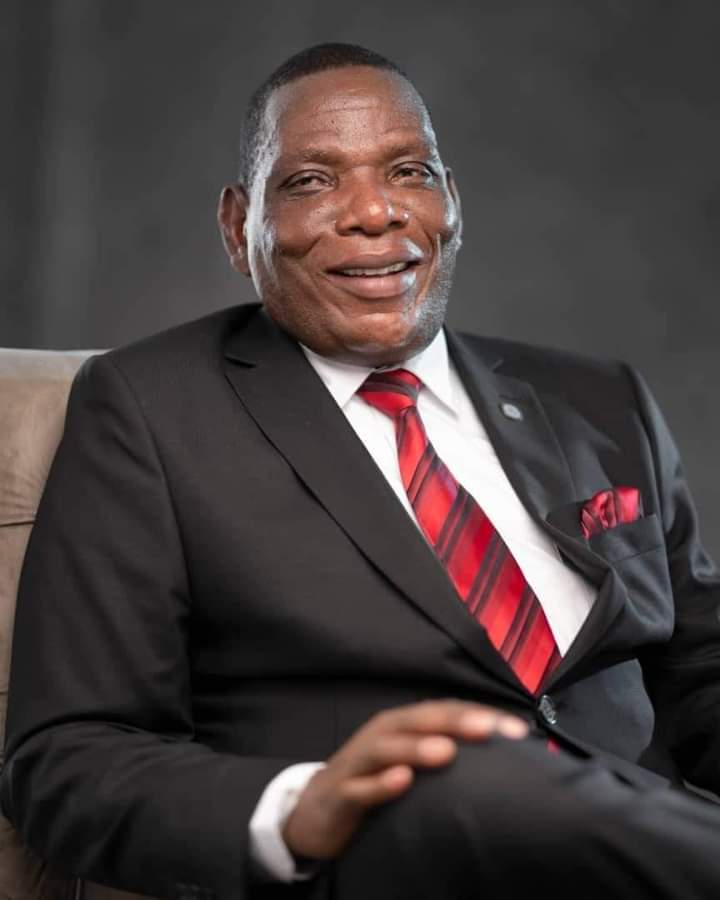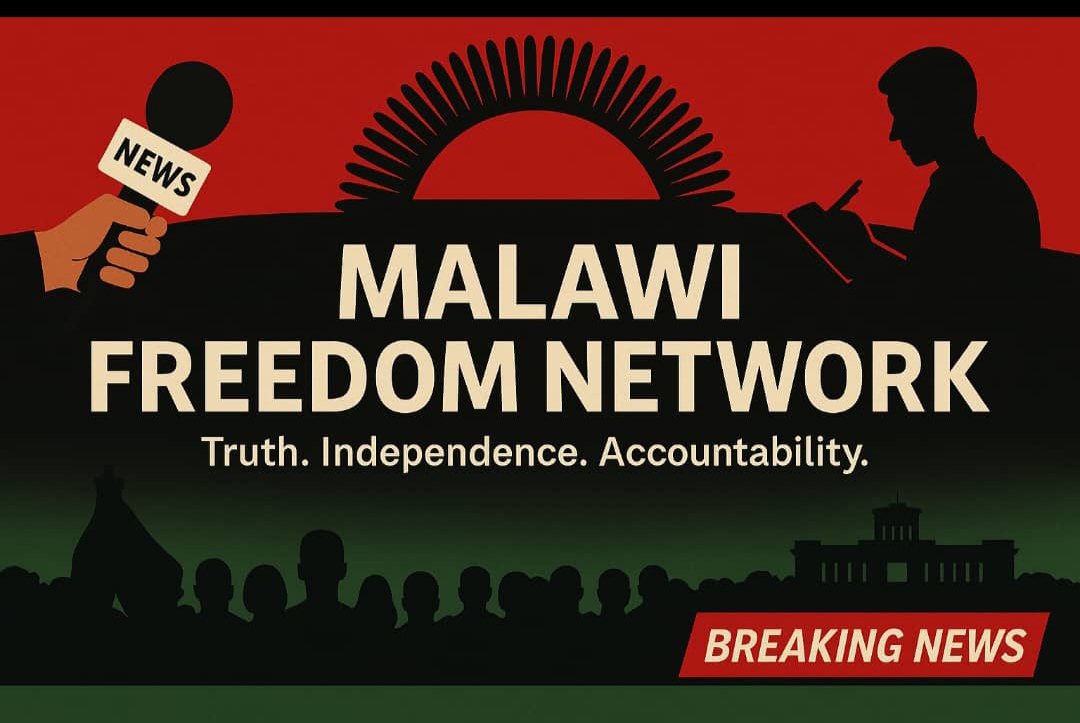By Burnett Munthali
A fresh wave of fuel shortage has hit Malawi’s capital city, Lilongwe, reigniting public frustration and triggering long queues at filling stations.
The situation began unfolding on Sunday, 1st June 2025, as vehicle owners started lining up in desperation to access the limited fuel supply available.
By Monday, the crisis had visibly intensified, with numerous pump stations either running dry or rationing the scarce commodity.
A quick spot survey conducted across Lilongwe confirmed that the challenge was far from over, as motorists continued to endure lengthy waits.
In Old Town, a hotspot for fuel seekers, queues of cars snaked from the Post Office all the way to the Total Filling Station, creating traffic congestion and heightened tempers.
Many filling stations throughout the city had run completely out of fuel, and the tell-tale sign of bright red cones placed at their entrances served as a warning that no fuel was available.
Some frustrated motorists expressed concern that the return of fuel scarcity could signal deeper supply chain issues that have yet to be resolved by authorities.
The timing of the shortage—early in the month when businesses and commuters are ramping up activity—has compounded the impact on daily life and economic productivity.
Meanwhile, government officials are yet to issue a clear statement explaining the cause of the latest fuel crisis or provide a timeline for resolution.
Citizens are calling for immediate transparency and swift action to restore normal fuel supply and prevent a repeat of similar shortages in the future.
As the capital city grapples with the crisis, the broader question remains whether this is an isolated incident or a harbinger of recurring systemic failures in Malawi’s fuel management.
Until answers are provided, and tankers begin flowing reliably again, the red cones and long lines may remain the new normal for Lilongwe motorists.




